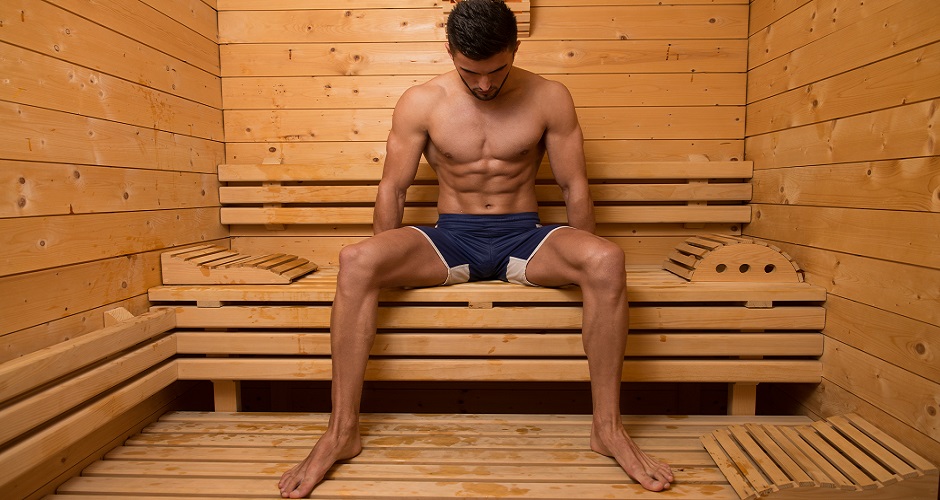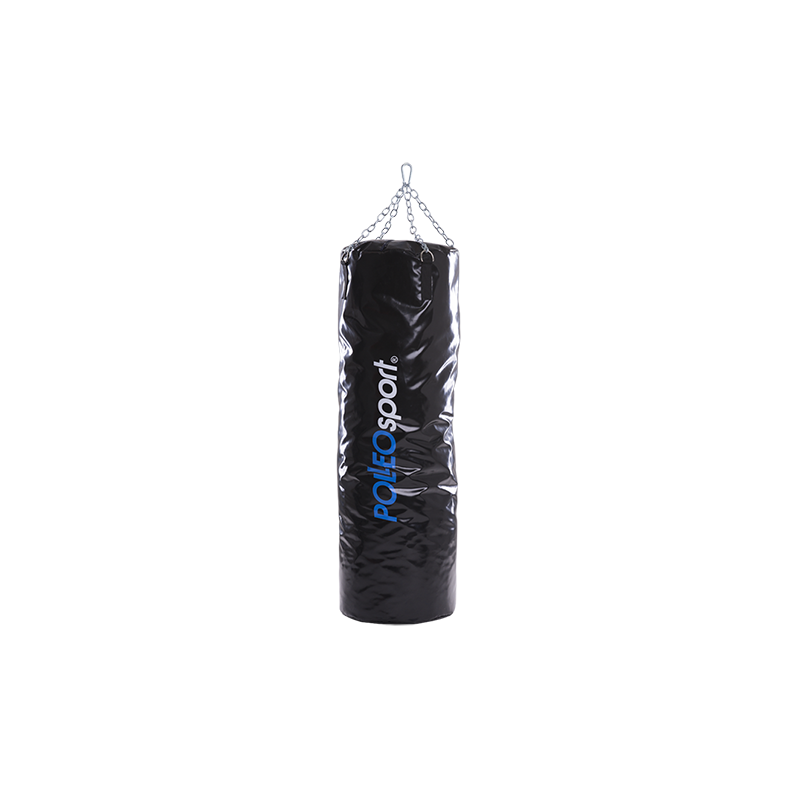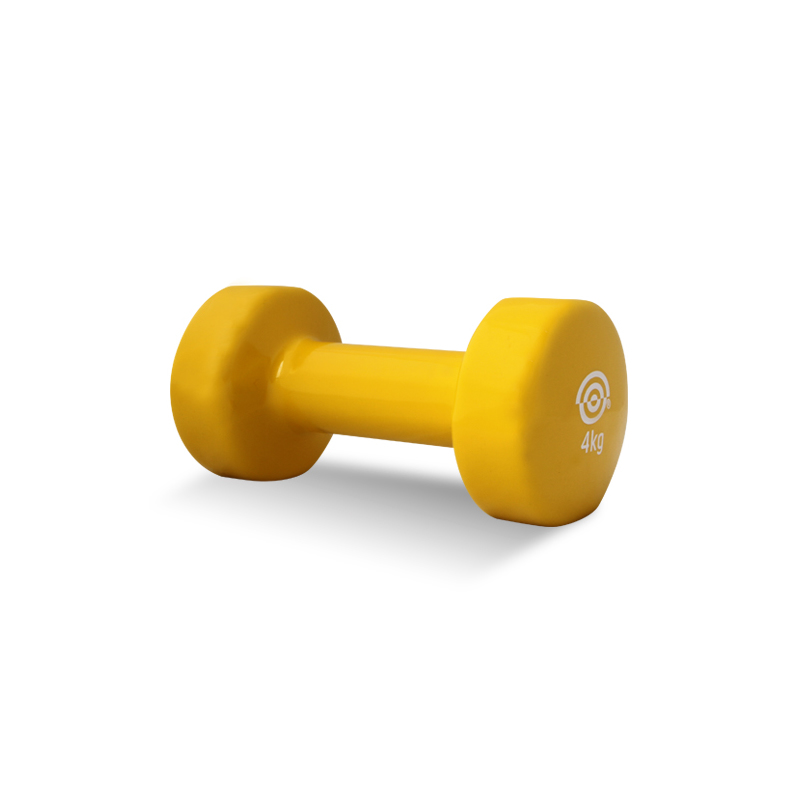Čučanj – smiju li koljena prelaziti prste?

Dogma o tome da prelazak koljena preko prstiju nije dobar ili je čak opasan, vjerojatno je nastala iz dva razloga: nefleksibilnosti vježbača i grupnih programa vježbanja koji su kombinacija prebrzog tempa i nesrazmjera između polaznika i broja trenera.
Krenimo prvo od samog vježbača. Prosječnog rekreativca karakterizira nedovoljna fleksibilnost/mobilnost u kukovima i gležnjevima. Ako takva osoba treba izvesti čučanj, a prethodno nije razvila fleksibilnost/mobilnost, taj čučanj, da bi bio donekle siguran i pravilan, zapravo će biti tek polučučanj. U polučučnju leđa su ravna, a stopalima smo punom površinom na podu. To dovodi do kukova iznad razine koljena i koljena u vertikalnoj ravnini s nožnim prstima.
Je li to optimalno? Ovisno o osobi i trenutku. Za nedovoljno fleksibilnu osobu u tom trenutku jest, iako treba posvetiti dovoljno pažnje daljnjem razvoju fleksibilnosti/mobilnosti.
Sada zamislite grupne programe koji se odvijaju brzim tempom i u kojem sudjeluju osobe bez dovoljno fleksibilnosti/mobilnosti. Ako postoji još i nesrazmjer između korisnika i voditelja programa, što voditelj može učiniti u tom trenutku, a da na najbrži mogući način da pravilnu instrukciju velikom broju ljudi i pobrine se za njihovo zdravlje i daljnji napredak?
“Leđa ravna, puno stopalo na podu, koljena iza prstiju!”
Što smo dobili? Polučučanj. Je li opasan? Ako nema vanjskog opterećenja i ako se ne izvodi prebrzo, smatram da nije.
Poboljšajte svoju fleksibilnost/mobilnost kako biste mogli prolaziti kroz veći opseg pokreta, a to će doprinijeti zdravlju vaših kukova i omogućiti Vam bolje rezultate kasnije.
Imate li Vi mišljenje u vezi s ovom temom?
Posebno bi se cijenila mišljenja fizioterapeuta koji su se bavili raznim ozljedama koljena i leđa. Što oni mogu savjetovati prosječnom vježbaču? Kakvo je njihovo, a kakvo formalno stajalište za puni čučanj i polu-čučanj?

 Premium
Premium






























